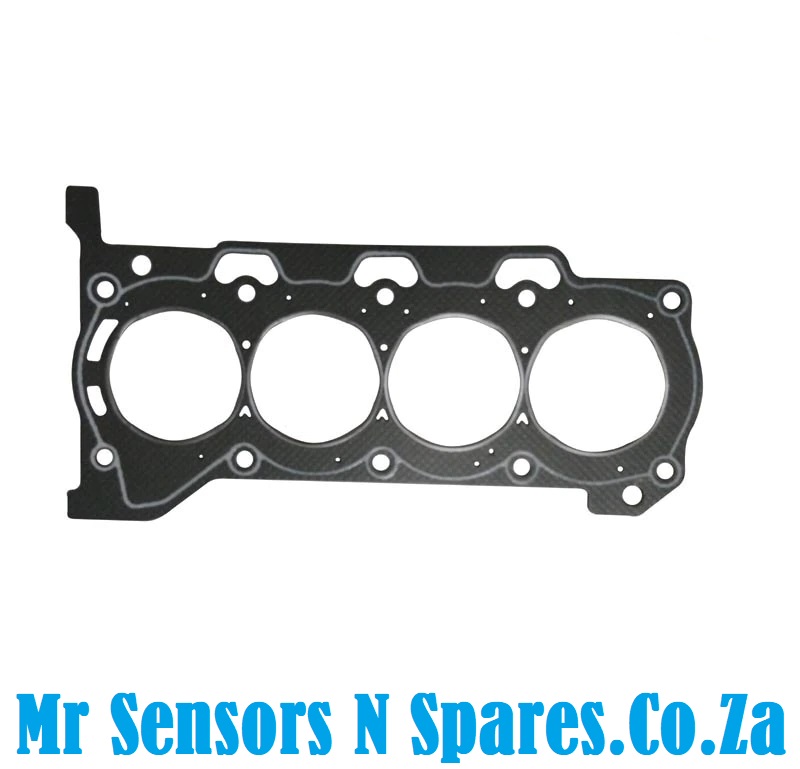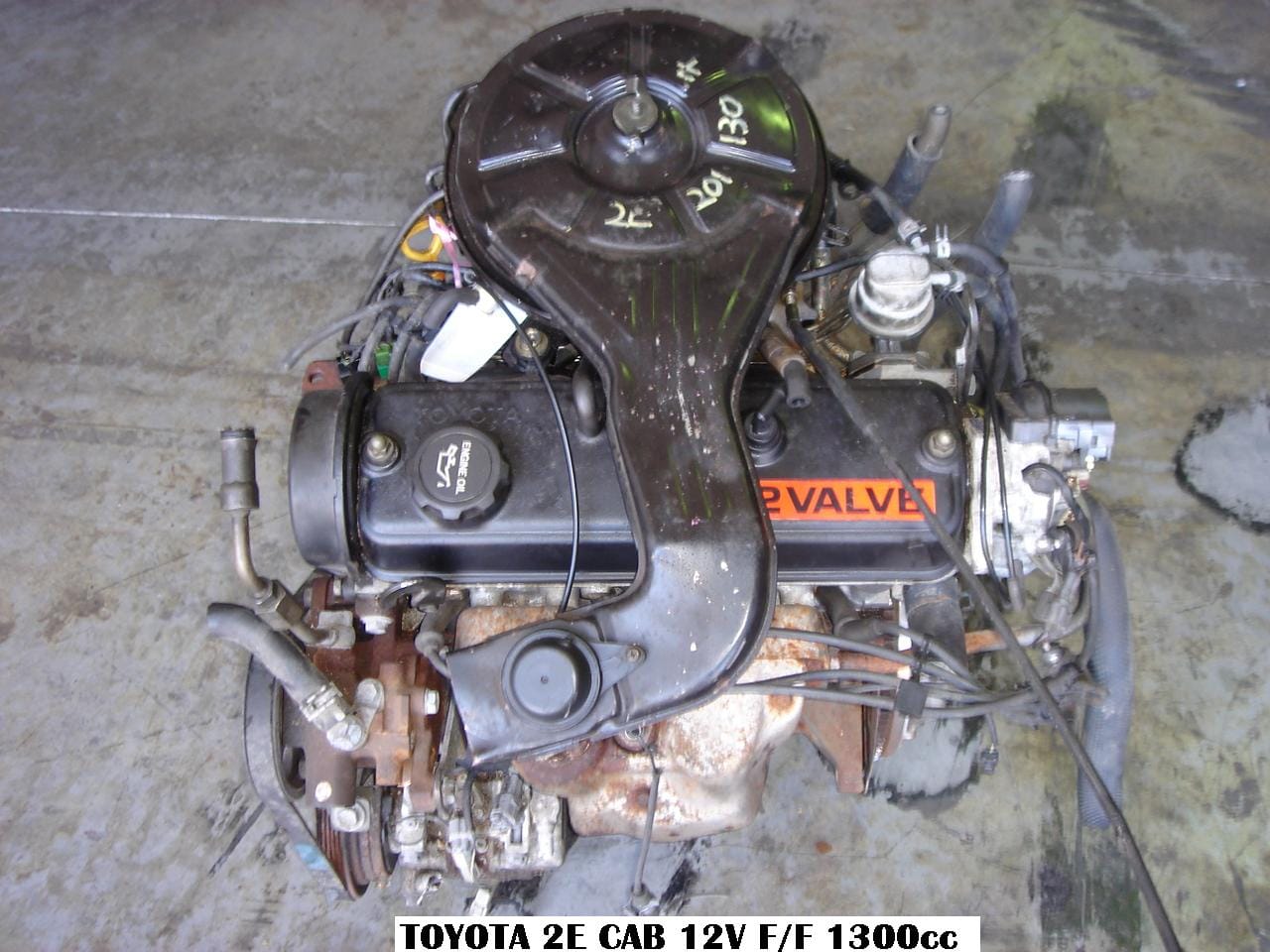Explore the most recent Fads in Engine Modern Technology Through Tazz
In the swiftly evolving landscape of automobile technology, Tazz stands at the leading edge, highlighting significant improvements in engine systems that focus on both development and sustainability. From crossbreed engines that maximize gas efficiency to the development of hydrogen gas cells, the fads shaping modern-day powertrains are not only boosting performance yet also resolving vital ecological challenges.
Crossbreed Engine Innovations
Hybrid engine developments stand for a critical change in vehicle innovation, combining the advantages of inner combustion engines with electrical propulsion systems. This combination not only boosts fuel efficiency but also lowers emissions, meeting increasingly stringent ecological laws. By using both power resources, hybrid engines can enhance performance, providing power when needed while saving fuel during much less demanding driving conditions.
Recent developments in crossbreed technology consist of improvements in battery efficiency and regenerative stopping systems. These innovations enable greater energy healing during slowdown, which can be redirected to assist in acceleration or power auxiliary systems. Makers are concentrating on small styles and light-weight materials to make best use of the effectiveness of crossbreed powertrains.
The development of plug-in crossbreeds has additionally expanded the market, making it possible for chauffeurs to charge their cars making use of common electric outlets. This feature frequently enables substantial all-electric array, more reducing dependancy on conventional fuels. tazz. As the auto market remains to advance, hybrid engine technologies are expected to play a vital function in connecting the gap in between traditional cars and completely electrical versions, giving a transitional solution that satisfies varied consumer demands and choices
Advances in Electric Powertrains
The automobile landscape is quickly evolving, with electric powertrains becoming a leading force in sustainable transport. Breakthroughs in electric car (EV) innovation are considerably improving performance, customer, and performance experience. Trick technologies consist of renovations in battery chemistry, which have actually enhanced power thickness, decreased billing times, and prolonged general battery life.
Solid-state batteries, for instance, assure to reinvent the marketplace by providing higher security and effectiveness compared to typical lithium-ion cells. Furthermore, innovations in regenerative braking systems are enabling automobiles to recuperate energy throughout slowdown, adding to overall performance.
In addition to battery innovation, electrical motor designs are ending up being extra advanced. Advancements such as incorporated electric motors and progressed thermal administration systems are aiding to maximize power distribution and minimize weight, eventually enhancing vehicle characteristics.

Jointly, these developments highlight the dedication to change in the direction of cleaner, a lot more reliable transportation remedies, positioning electric powertrains at the leading edge of automobile advancement.
The Increase of Hydrogen Gas Cells
Significantly, hydrogen gas cells are gaining grip as a practical choice to conventional internal burning engines and battery electric cars. This innovation takes advantage of the chemical power kept in hydrogen, converting it right into power through an electrochemical reaction with oxygen. The primary byproduct of this process is water, making hydrogen fuel cells an ecologically friendly option with absolutely no exhausts at the tailpipe.

Car manufacturers are increasingly purchasing hydrogen gas cell technology, acknowledging its possibility for long-range applications and fast refueling abilities that rival standard fuels. Additionally, sectors such as durable transportation and public transportation are particularly appropriate for hydrogen fuel cells, where battery electric services might fall short due to weight and array limitations.
As study and investment proceed to broaden, hydrogen fuel cells are poised to play a substantial duty in the future landscape of tidy transportation and energy options.
Enhancements in Internal Combustion Engines
Technologies in inner combustion engine (ICE) innovation are changing typical cars to fulfill contemporary ecological standards and performance expectations. Straight fuel shot, for circumstances, enables for far better atomization of fuel, leading to more complete combustion and improved power output.
Additionally, turbocharging has gotten prominence, enabling smaller sized engines to deliver greater efficiency without the weight of larger engines - tazz. This innovation not just improves performance yet additionally adds to lower gas intake. Variable valve timing systems are additionally being improved, allowing engines to adapt to numerous driving problems for enhanced torque and responsiveness
Furthermore, using lightweight materials in engine construction is coming to be standard, further improving fuel effectiveness by lowering overall lorry weight. Engine control systems (ECUs) are increasingly sophisticated, enabling real-time modifications that optimize performance and discharges.
These enhancements jointly represent an essential shift in ICE innovation, lining up with global sustainability goals while still offering the efficiency vehicle drivers expect from their automobiles. As the sector develops, these enhancements remain to form the future of conventional auto design.
Future Trends in Engine Efficiency
Considerable improvements in engine efficiency are expected as producers concentrate on integrating sophisticated modern technologies to satisfy rigorous ecological guidelines and consumer demands. The change in the direction of electrification, hybrid systems, and different gas is reshaping the auto landscape, driving developments that enhance fuel economy and decrease discharges.
Among the key fads is the implementation of sophisticated products and making methods. High-strength alloys and lightweight composites add to lowered lorry weight, therefore boosting overall effectiveness. Furthermore, the fostering of turbocharging and variable shutoff timing modern technologies allows for improved power output from smaller engines, additionally enhancing fuel economic situation.

Verdict
Finally, the expedition of engine technology reveals significant developments that focus on sustainability and performance. Developments in hybrid engine systems, electrical powertrains, and hydrogen fuel cells demonstrate a commitment to lowering exhausts while improving performance. Moreover, enhancements in inner burning engines and a concentrate on lightweight products contribute to total engine performance. As the automotive market proceeds to evolve, these patterns will play a crucial duty in shaping a cleaner and more lasting future reference for transportation.
From crossbreed engines that optimize fuel effectiveness to the appearance of hydrogen gas cells, the trends forming modern powertrains are not only improving efficiency yet also attending to critical ecological challenges.Hybrid engine technologies represent a crucial shift in auto innovation, integrating the benefits of interior combustion engines with electrical propulsion systems.Furthermore, turbocharging has actually obtained importance, enabling smaller engines to supply higher performance without the weight of bigger engines. Furthermore, the fostering of turbocharging and variable shutoff timing innovations allows for improved power result from smaller engines, additionally enhancing fuel economy.
Enhancements in internal combustion engines and an emphasis on light-weight products contribute to total engine performance.